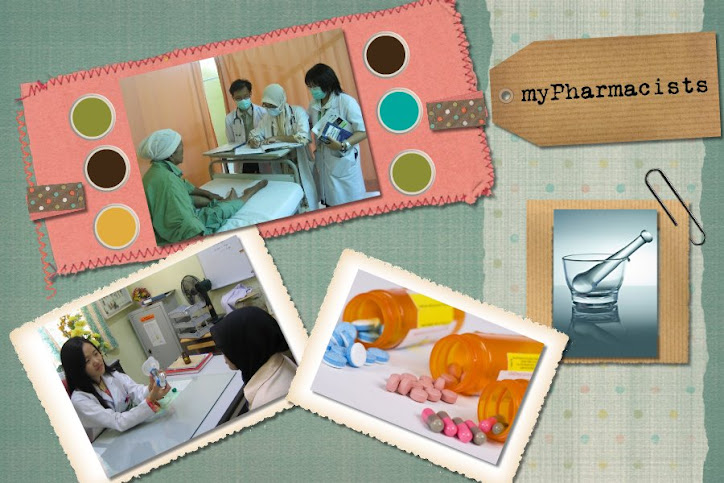Refeeding syndrome is the potentially fatal shift in fluids and electrolytes that may occur in malnourished patients receiving artificial feeding (enterally or parenterally). It was first described inFar East prisoners of ward in WWII. Eating again after prolonged period of starvation seemed to precipitate cardiac failure.
Prolonged Fasting
Muscles & other tissues: decrease use of ketone bodies, use fatty acids as main energy source
Increase in blood levels of ketone bodies stimulate the brain to use ketone bodies (instead of glucose) as its main energy source
Liver decreases rate of gluconeogenesis, thus preserving muscle protein
Several intracellular minerals become severely depleted during the period of prolonged starvation. However, serum concentrations of these minerals (including phosphate) may remain normal because they are mainly in the intracellular compartment.
Refeeding
Sudden shift from fat to carbohydrate metabolism occurs and secretion of insulin increases
Insulin stimulates glycogen, fat & protein synthesis, which require minerals such as phosphate (Po4) & Magnesium (Mg) and cofactors such as thiamine.
Insulin stimulates the absorption of K into the cells through Na-K-ATPase symporter, which also transports glucose into the cells.
Mg and PO4 are also taken up into the cells, water follows by osmosis.
These result in a decrease in the serum levels of PO4, Mg, K, all of which are already depleted.
This phenomenon usually occurs within 4 days of starting to feed again.
How can refeeding syndrome be prevented?
Identify patients with high risk of developing refeeding syndrome, and the management that follows suit is illustrated in the figure below.
Patients with high risk of developing refeeding syndrome-
1. Patients with 1 or more of the following:
- BMI <16>
- Unintentional weight loss > 15% in the past 3-6 months
- Little or no nutritional intake for > 10 days
- Low levels of K, Mg, or PO4 before feeding
2. Patients with 2 or more of the following:
- BMI > 18 kg/m2
- Unintentional weight loss > 10% in the past 3-6 months
- Little or no nutritional intake for > 5 days
- History of alcohol misuse or drugs, including insulin, antacids, chemotherapy or diuretics

The NICE guidelines recommend that refeeding should start at a maximum of 0.021 MJ/kg/day (10 kcal/kg/day), with cardiac monitoring due to the risk of cardiac arrhythmias.
References
1. Hearing SD. Refeeding syndrome is underdiagnosed and undertreated, but treatable. BMJ 2004; 328 (7445): 908-909. Available from: URL: http://www.ncbi.nlm.nih.gov/pmc/articles/PMC390152/
2. Mehanna HS, Moledina J and Travis J. Refeeding syndrome: what it is, and how to prevent adn treat it. BMJ 2008; 336: 1495-1498. Available from: URL: http://www.bmj.com/cgi/content/full/336/7659/1495



